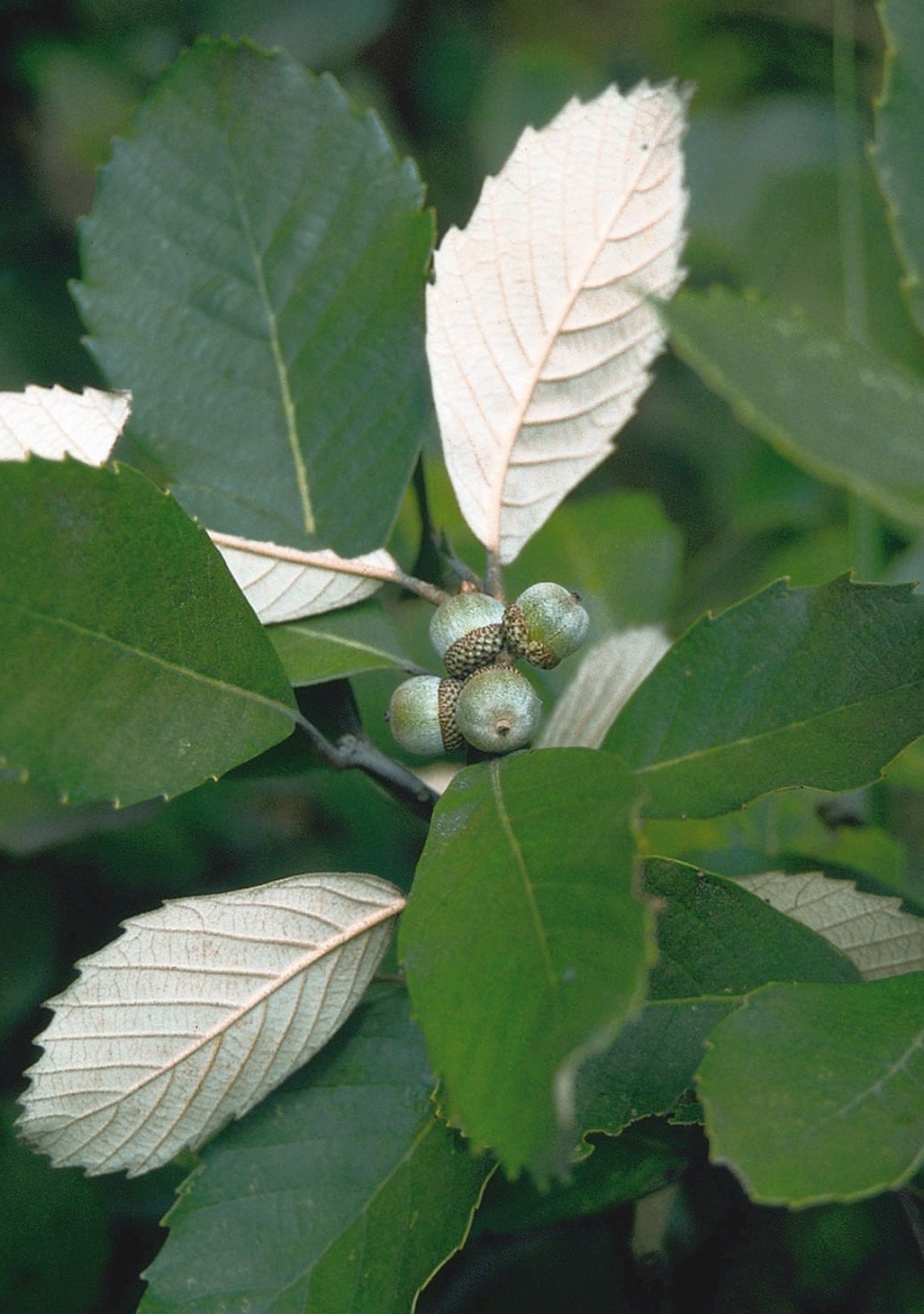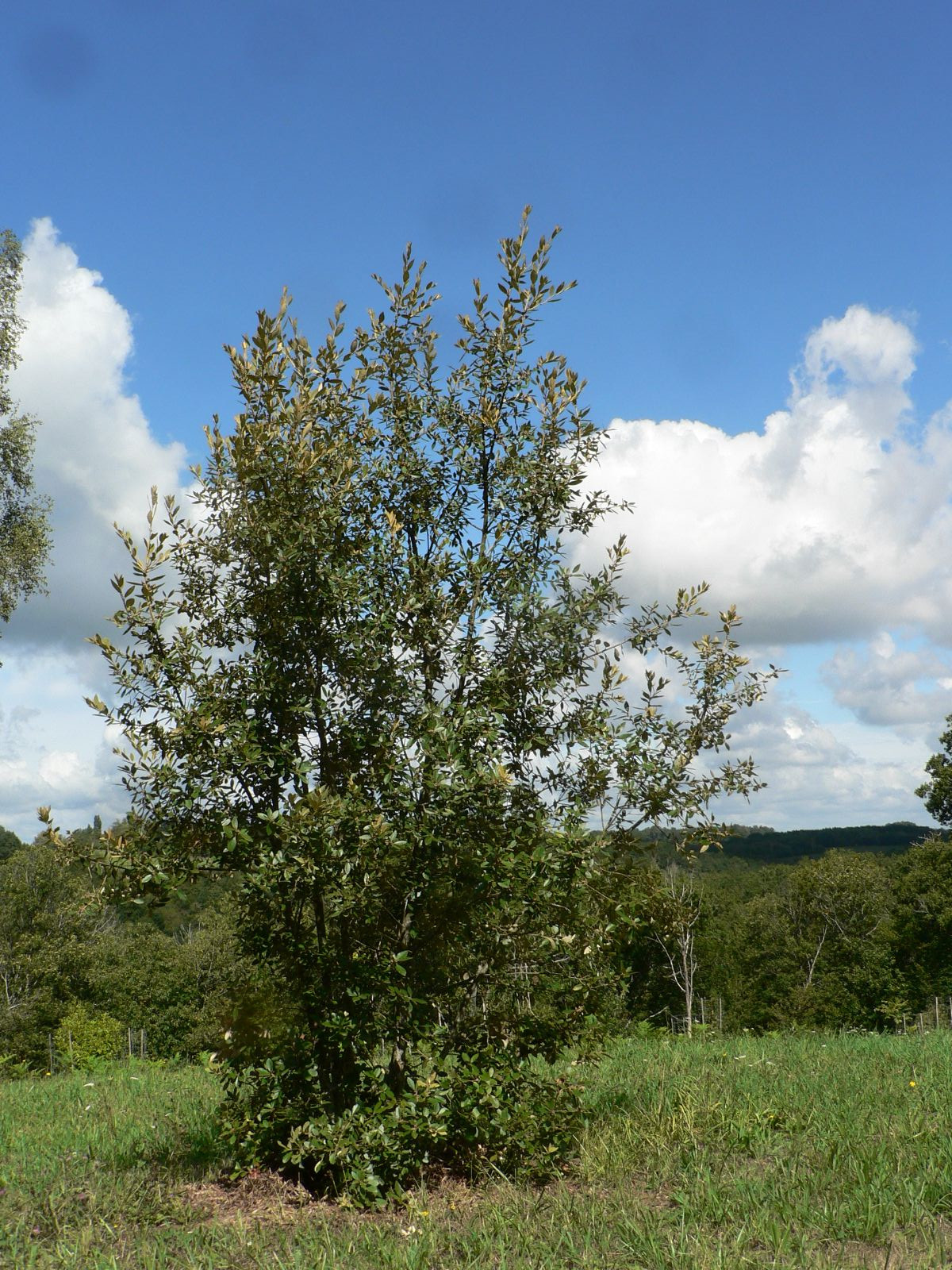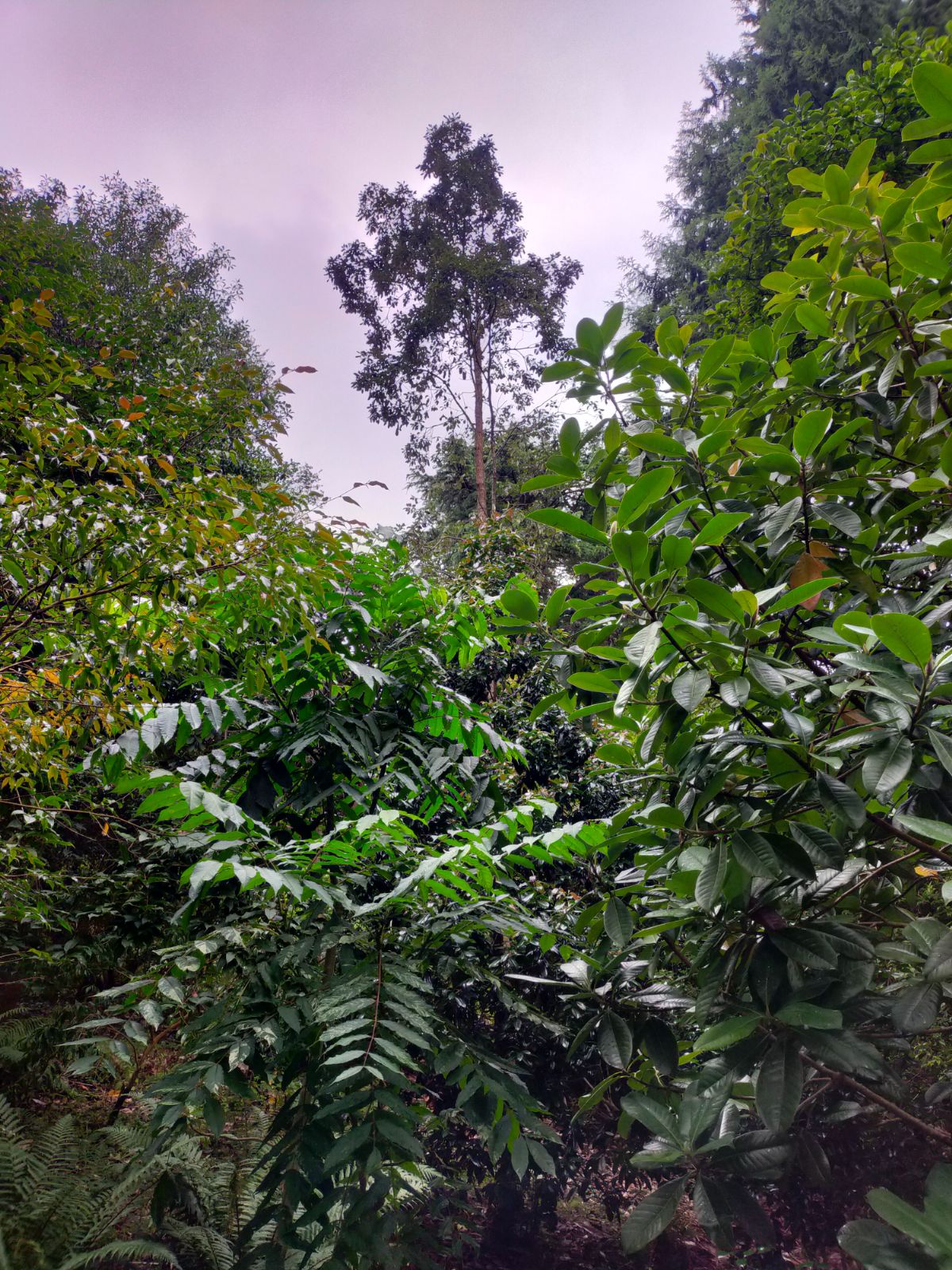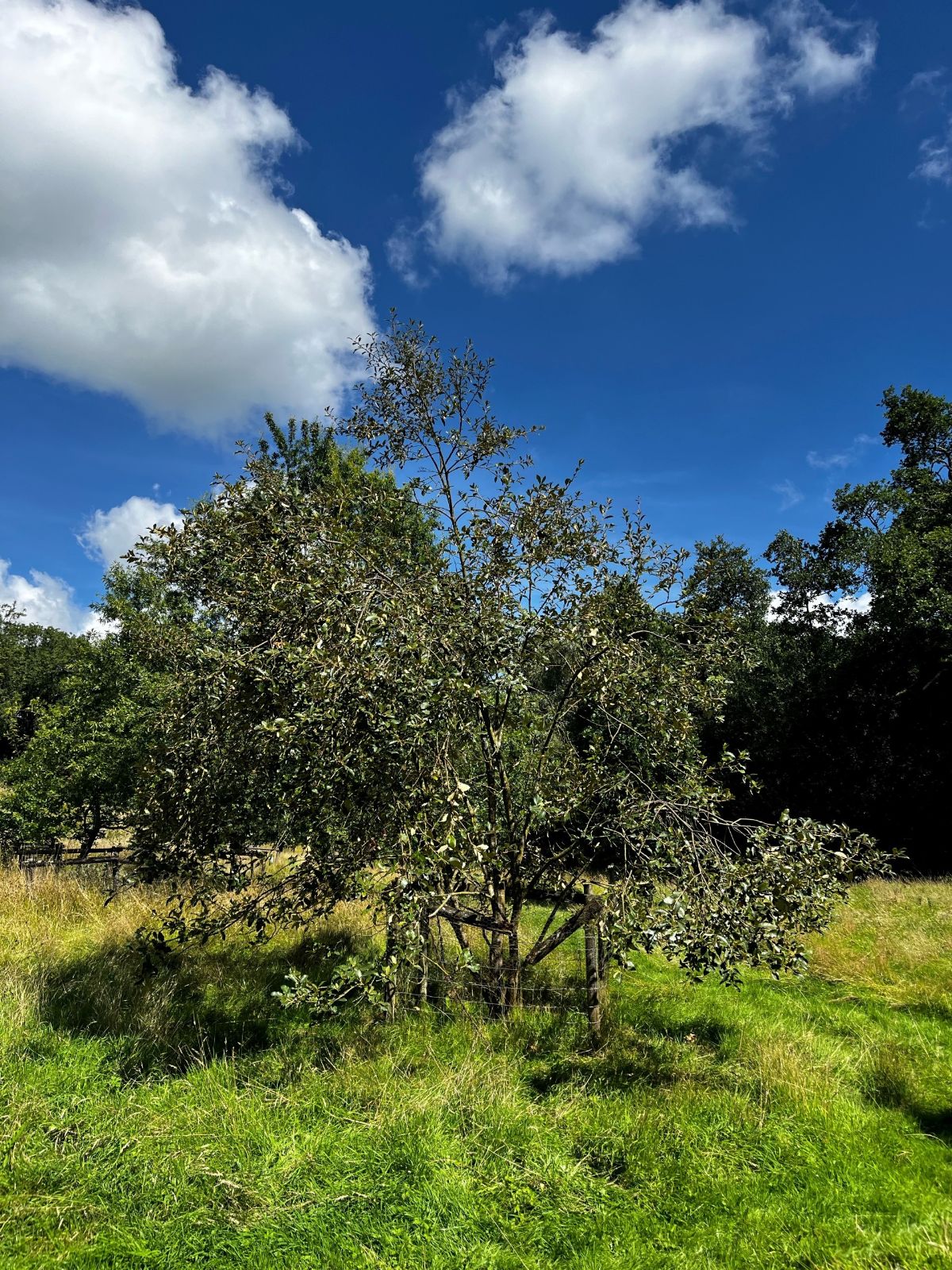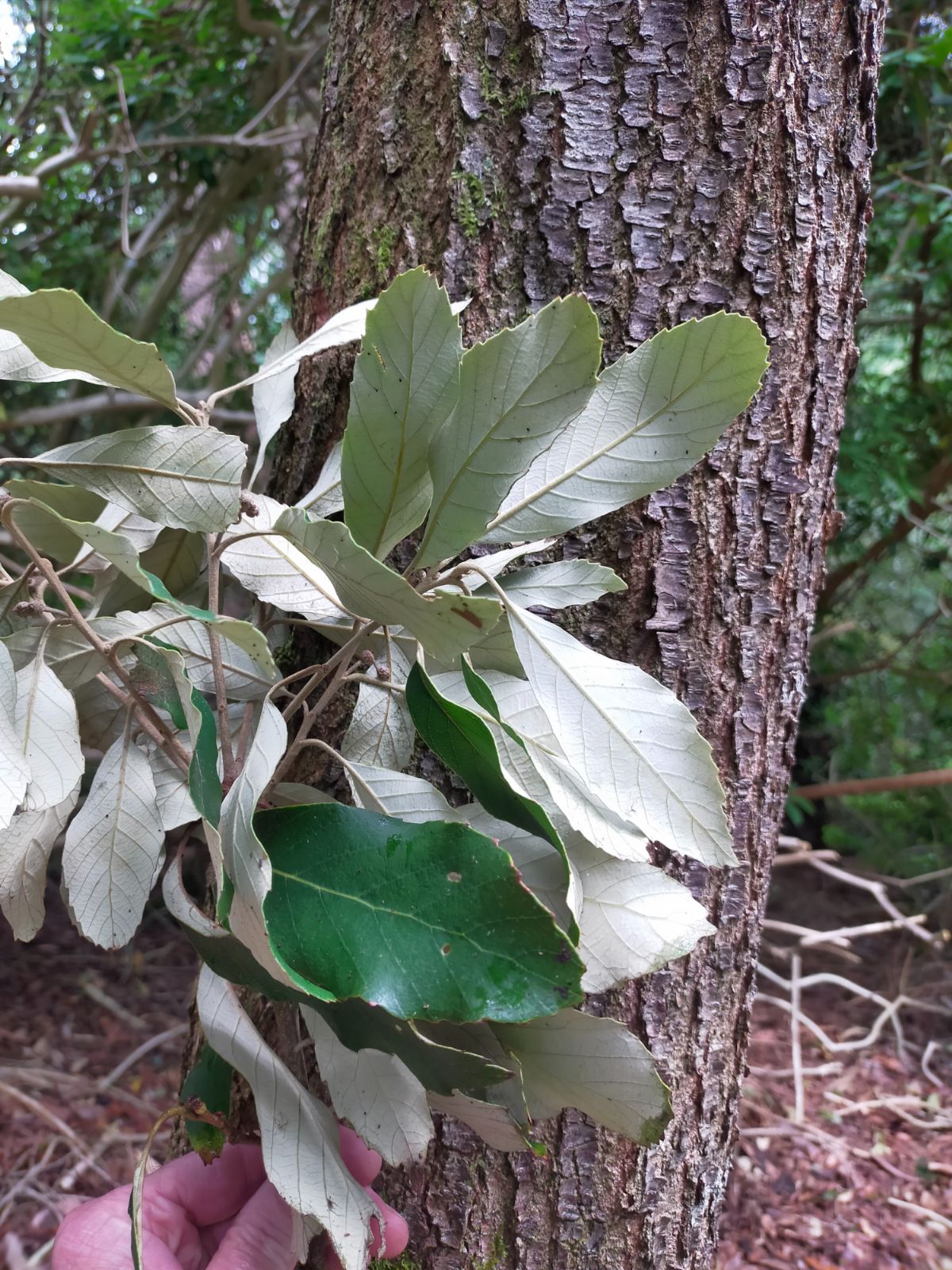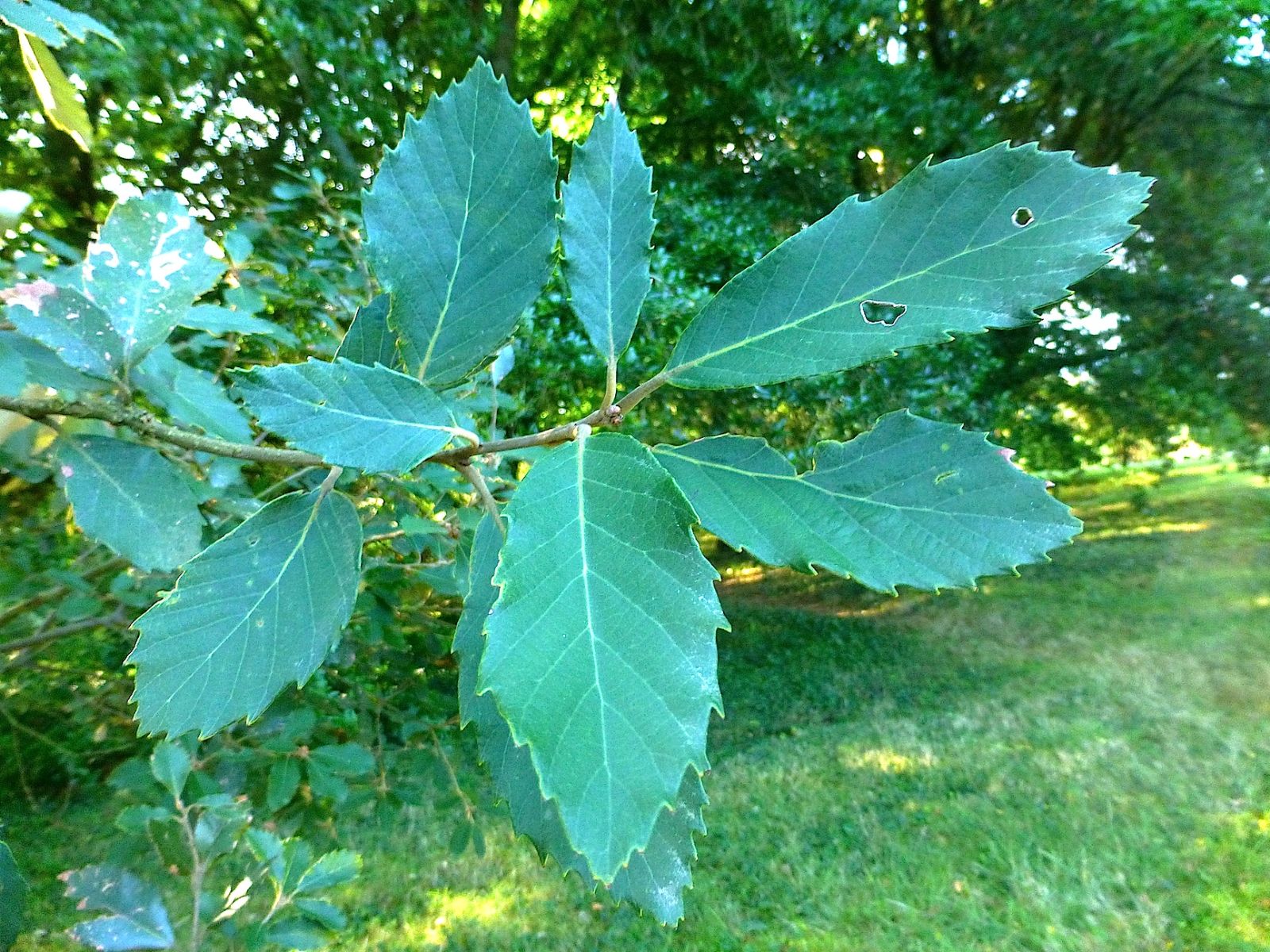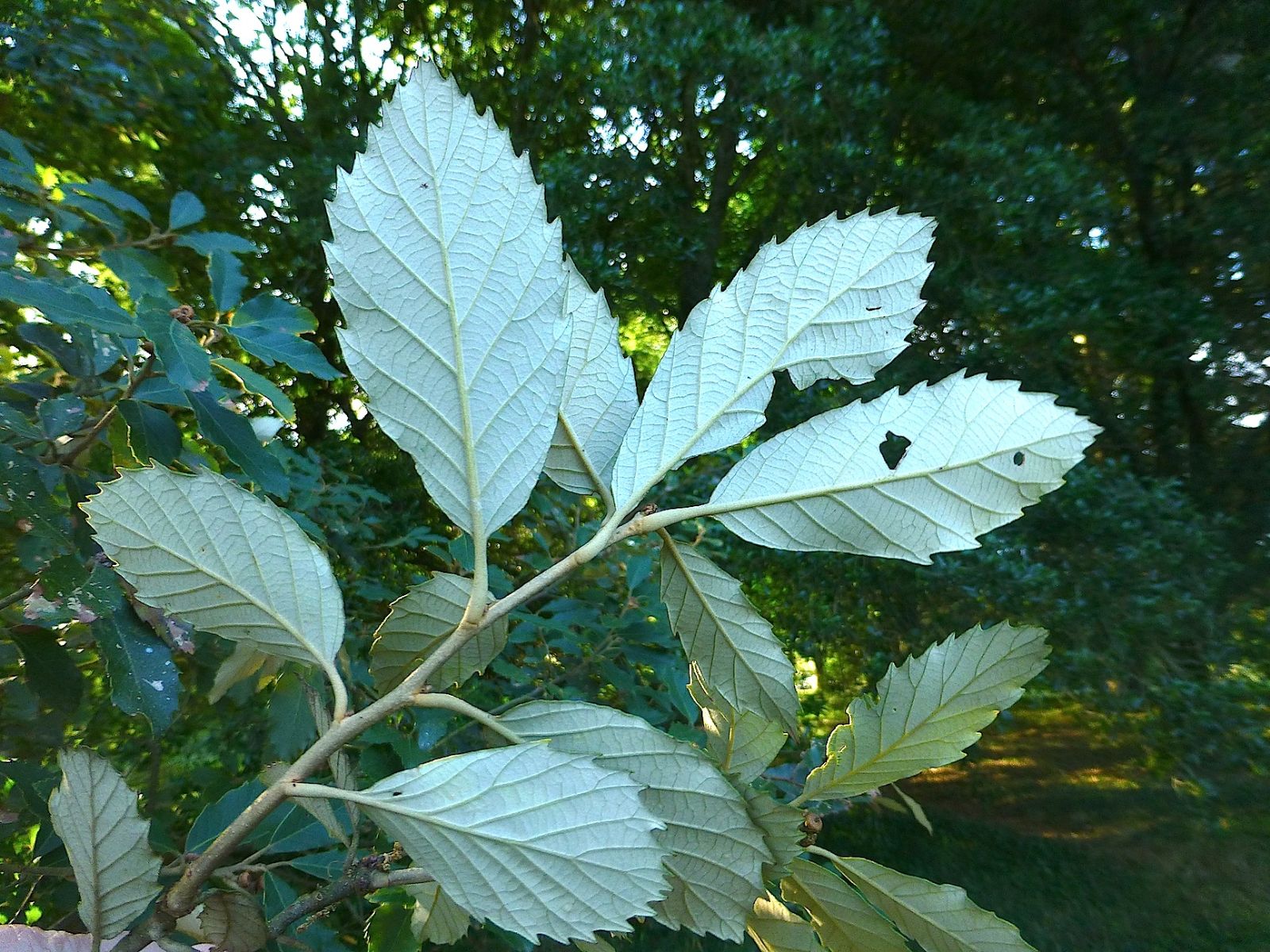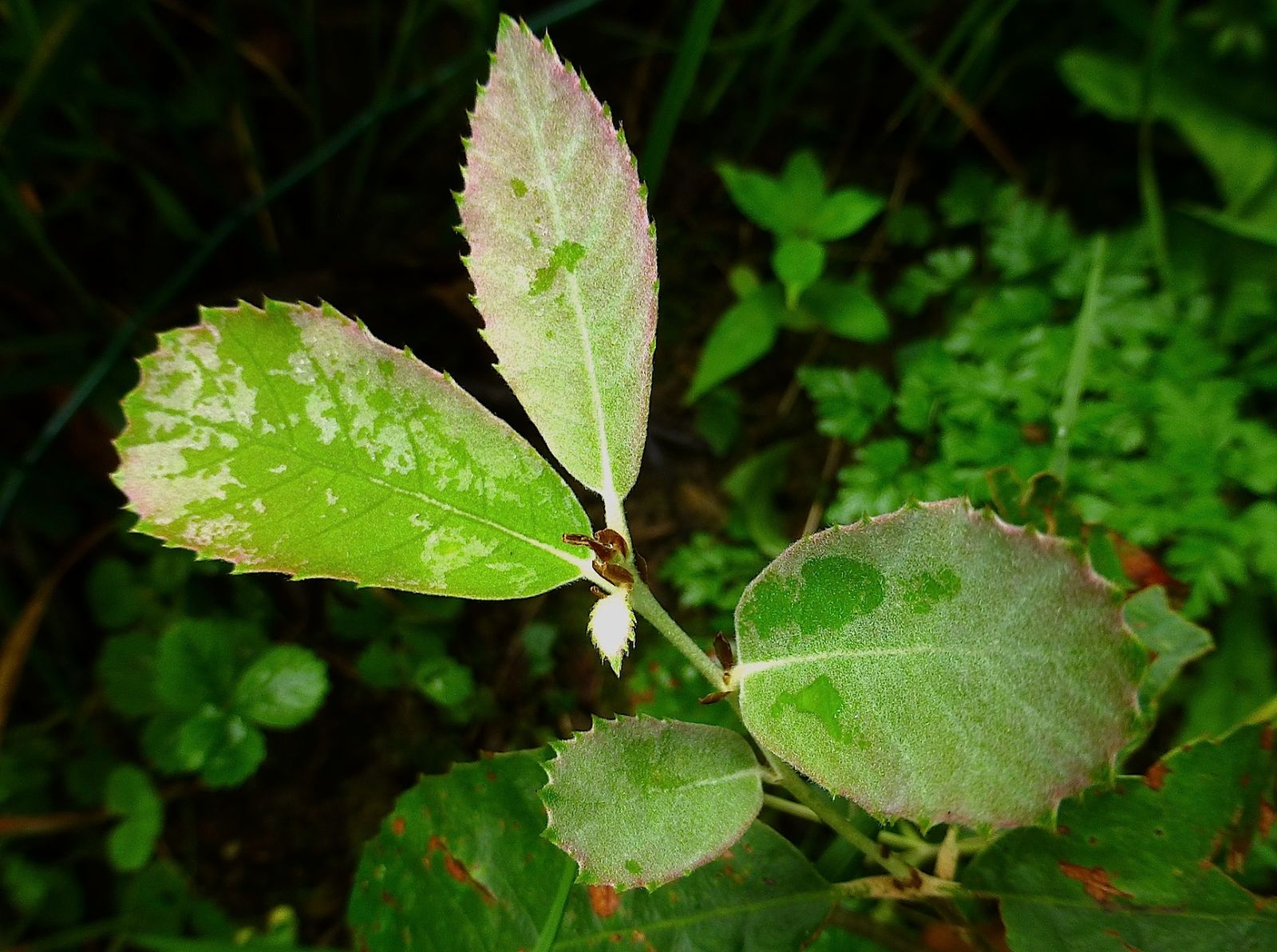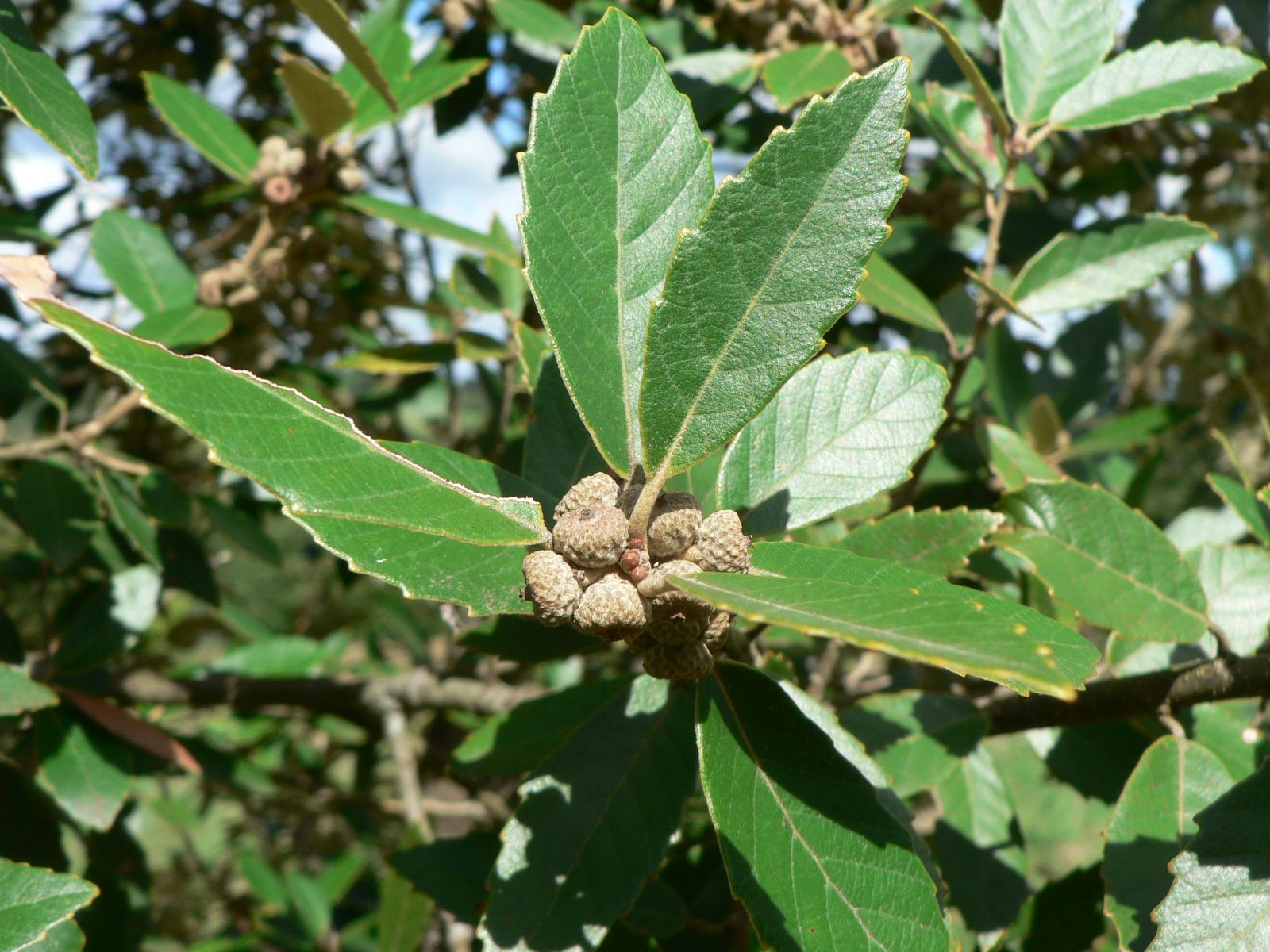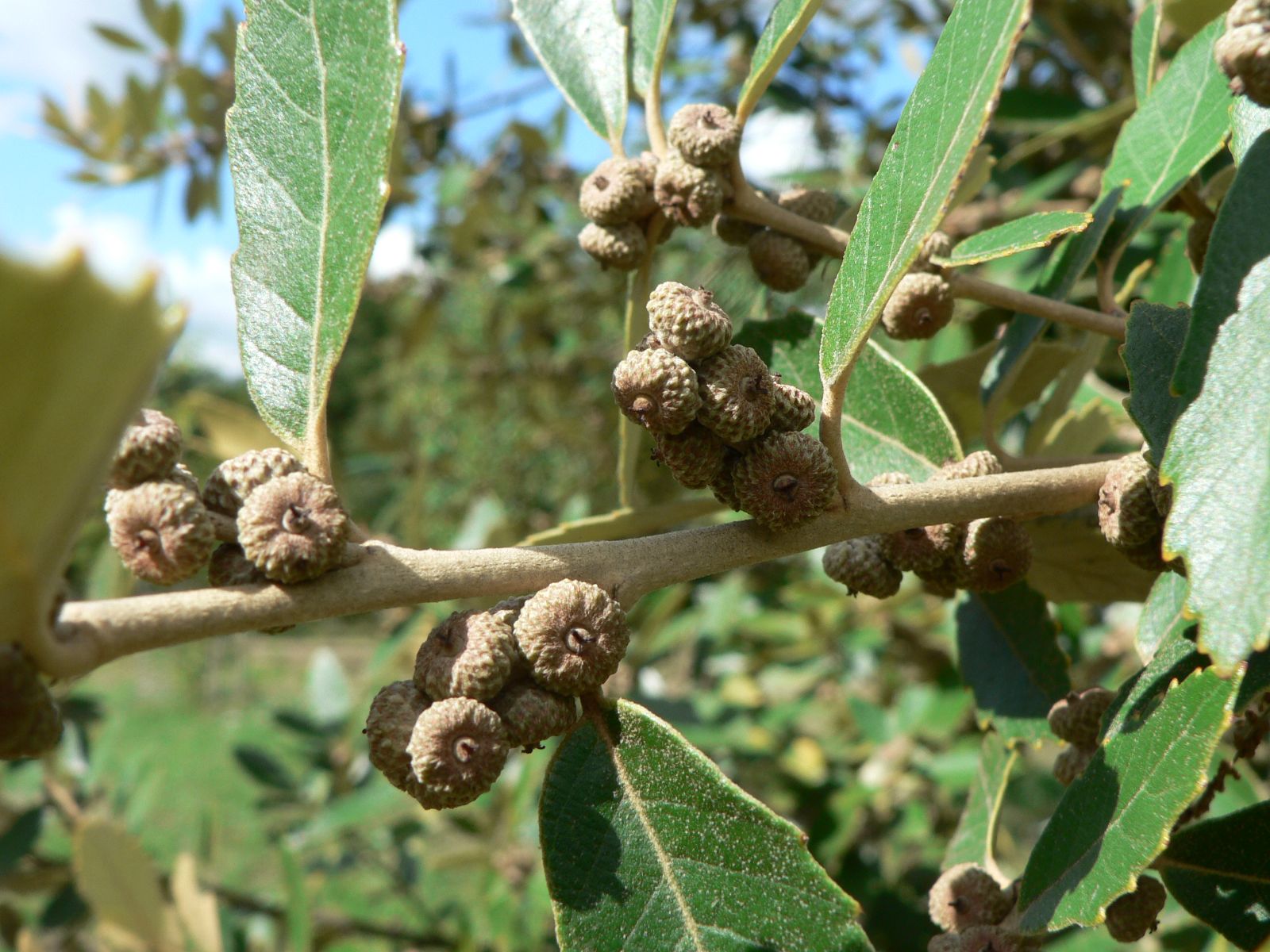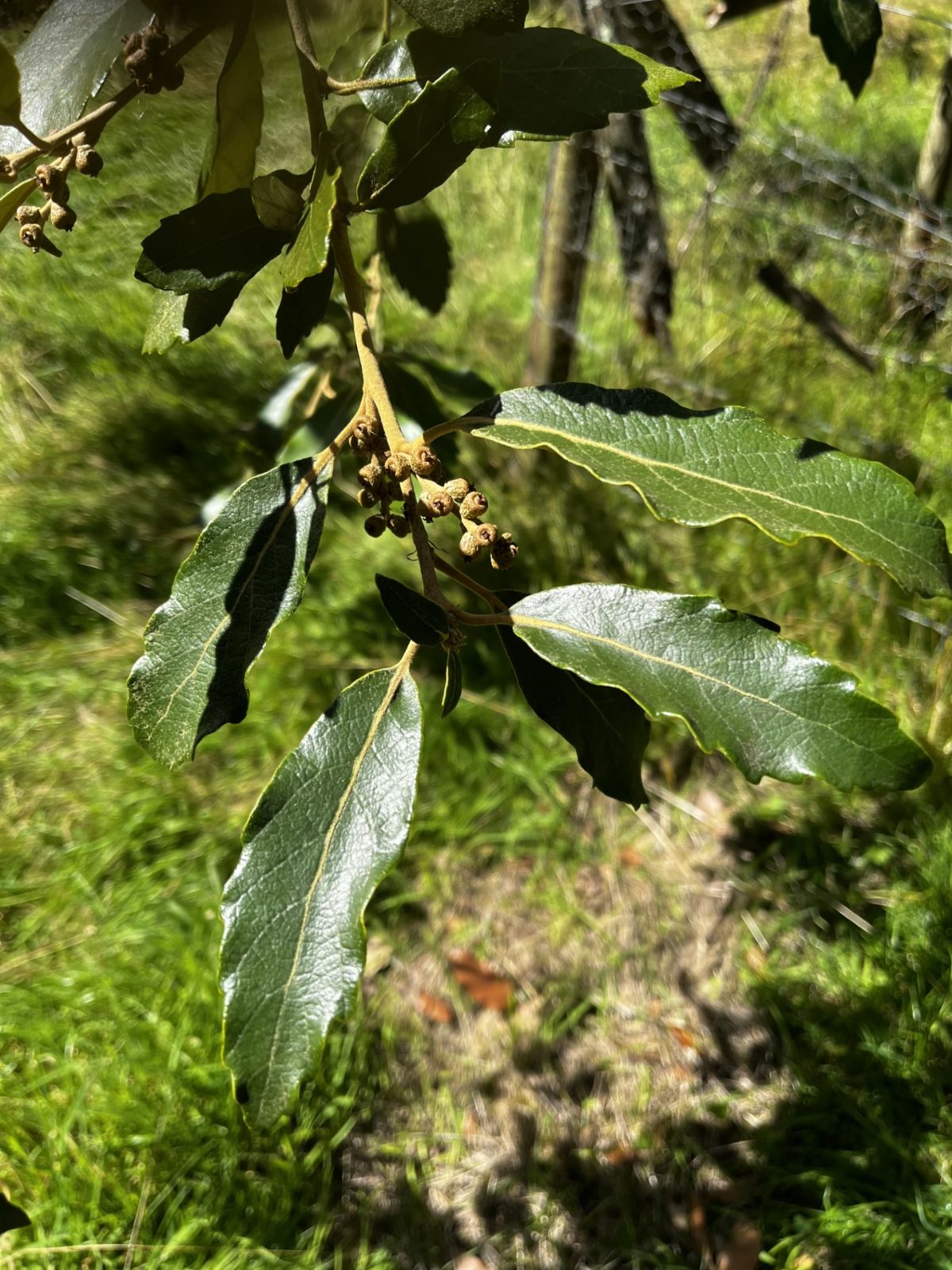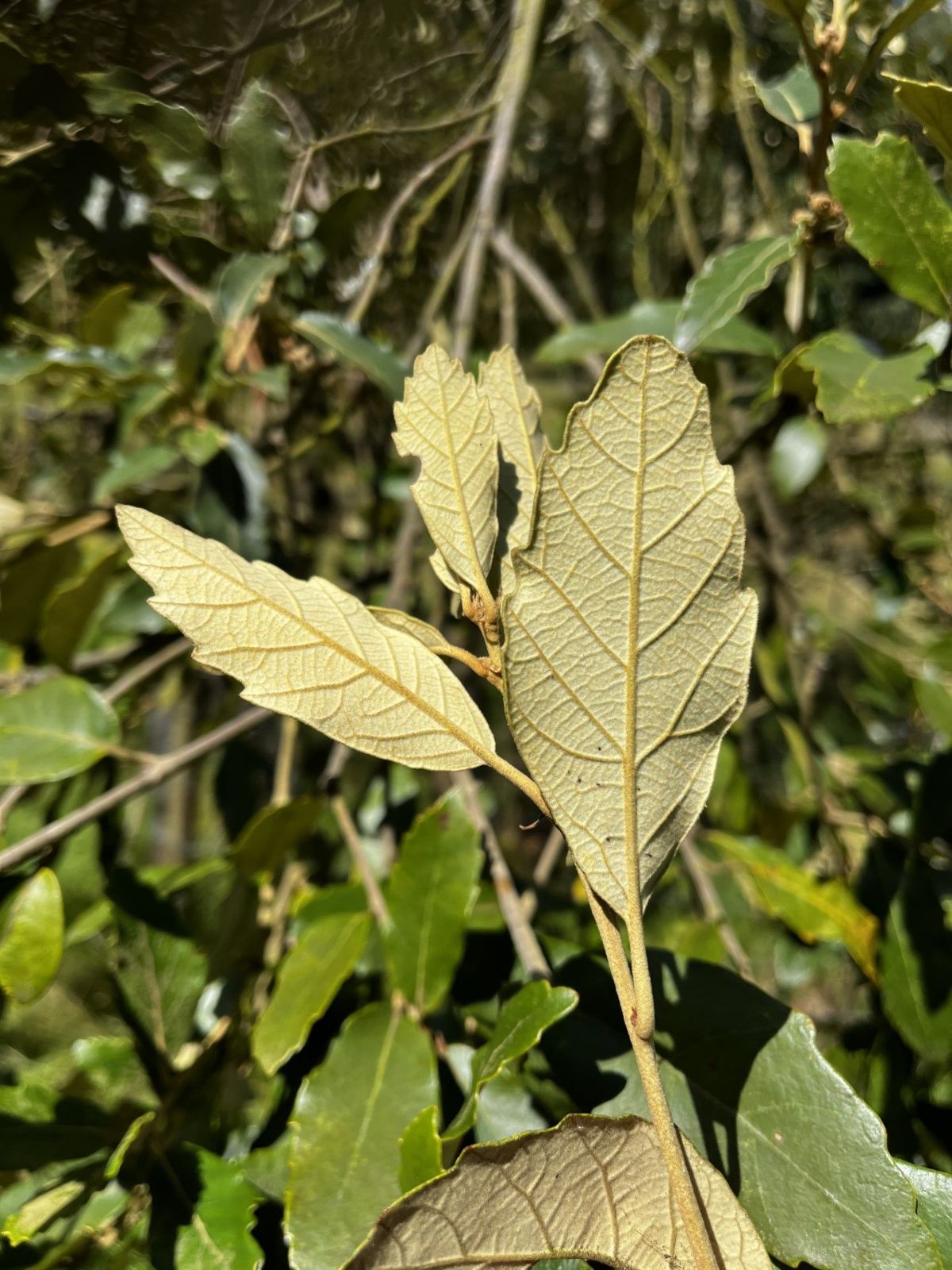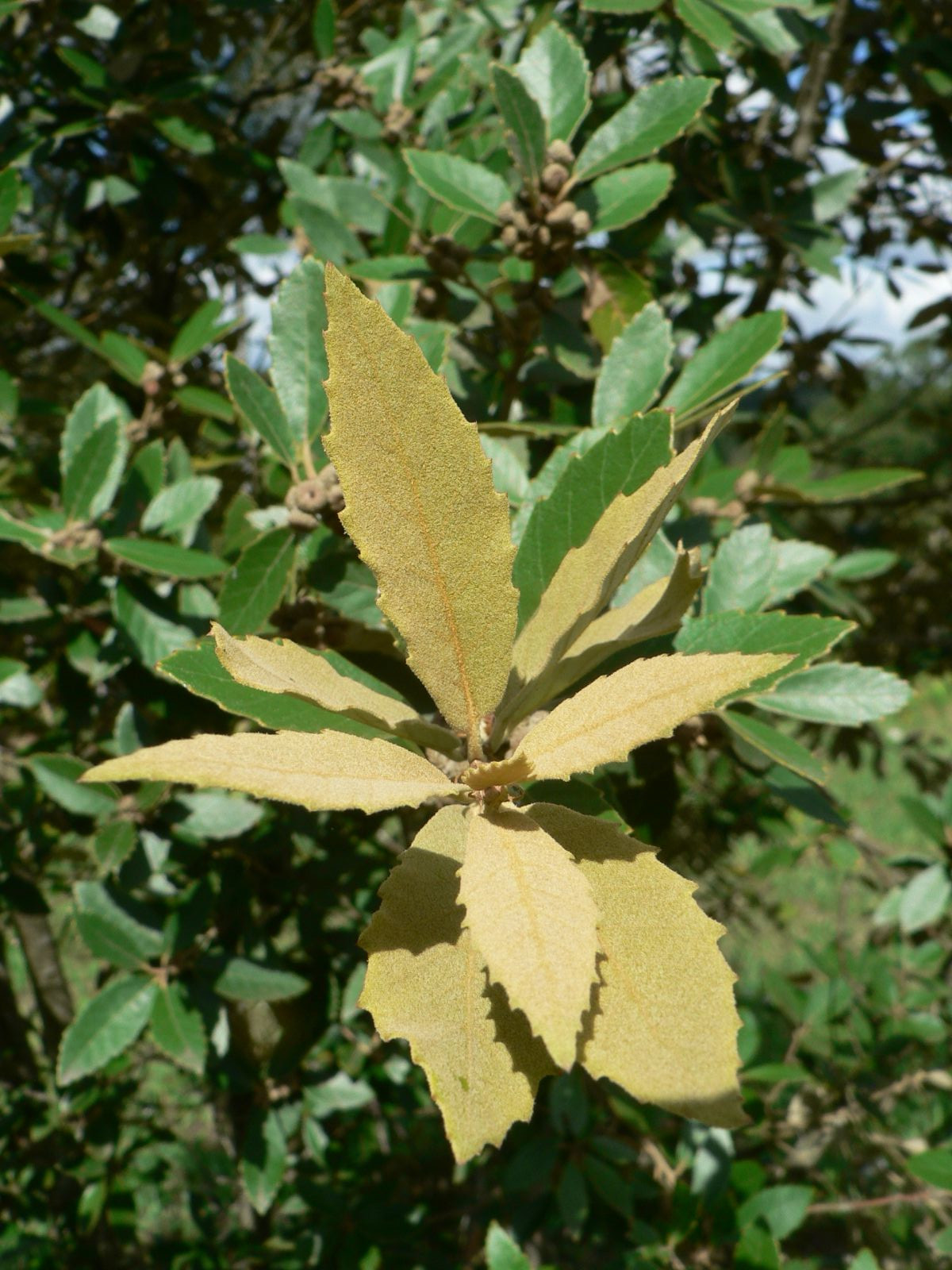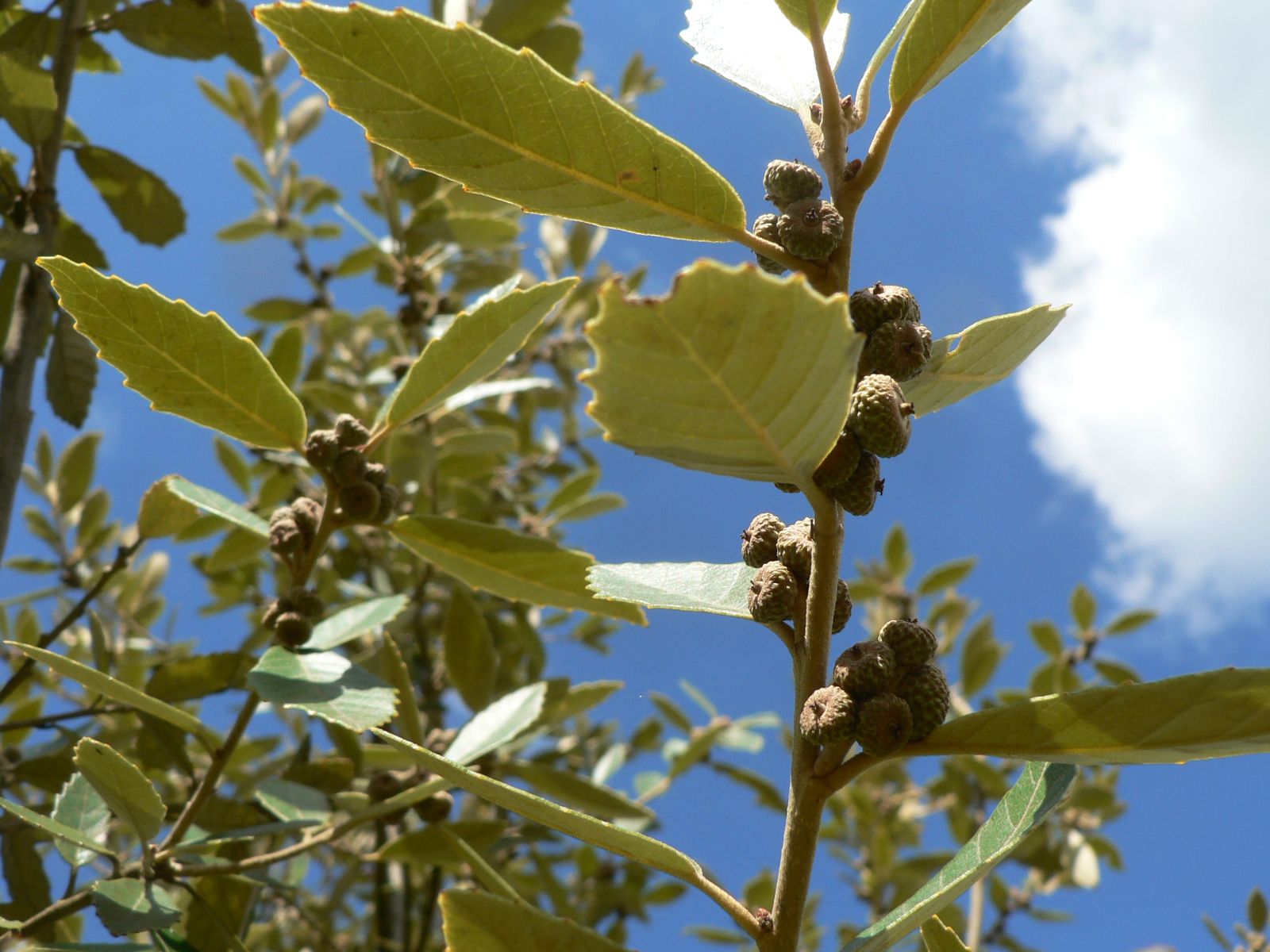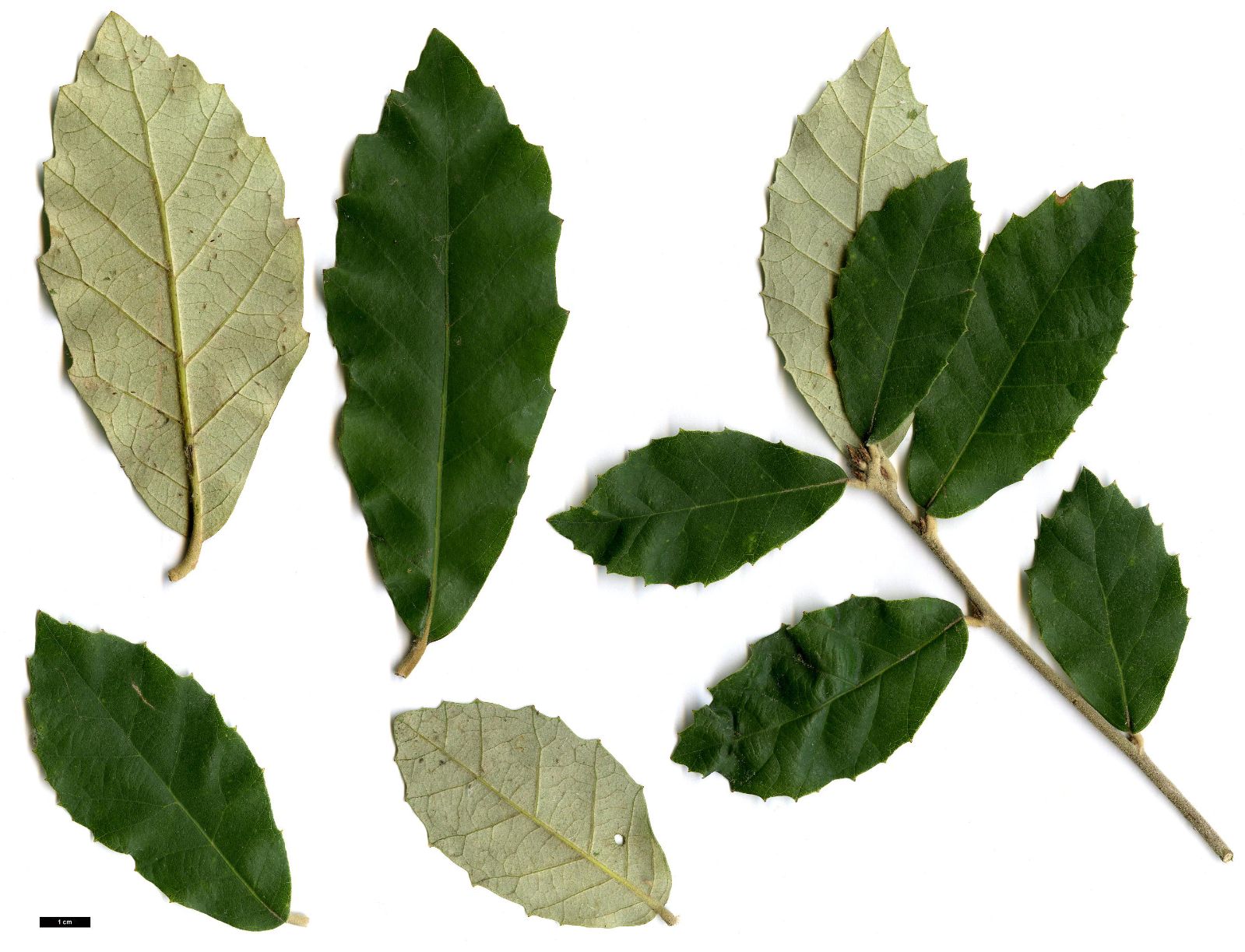Quercus franchetii
Sponsor
Kindly sponsored by
The Trees and Shrubs Online Oak Consortium
Credits
Allen Coombes & Roderick Cameron (2021)
Recommended citation
Coombes, A. & Cameron, R. (2021), 'Quercus franchetii' from the website Trees and Shrubs Online (treesandshrubsonline.
Genus
- Quercus
- Subgen. Cerris, Sect. Ilex
Other taxa in genus
- Quercus acerifolia
- Quercus acherdophylla
- Quercus acrodonta
- Quercus acuta
- Quercus acutifolia
- Quercus acutissima
- Quercus afares
- Quercus affinis
- Quercus agrifolia
- Quercus alba
- Quercus aliena
- Quercus alnifolia
- Quercus aquifolioides
- Quercus arizonica
- Quercus arkansana
- Quercus aucheri
- Quercus augustini
- Quercus austrina
- Quercus × auzendei
- Quercus baloot
- Quercus bambusifolia
- Quercus baronii
- Quercus bicolor
- Quercus brantii
- Quercus buckleyi
- Quercus canariensis
- Quercus canbyi
- Quercus candicans
- Quercus castanea
- Quercus castaneifolia
- Quercus cerris
- Quercus chenii
- Quercus chrysolepis
- Quercus coccifera
- Quercus cocciferoides
- Quercus coccinea
- Quercus conspersa
- Quercus crassifolia
- Quercus crassipes
- Quercus delavayi
- Quercus dentata
- Quercus deserticola
- Quercus dolicholepis
- Quercus douglasii
- Quercus dumosa
- Quercus durifolia
- Quercus eduardii
- Quercus ellipsoidalis
- Quercus emoryi
- Quercus engelmannii
- Quercus engleriana
- Quercus euboica
- Quercus eugeniifolia
- Quercus fabri
- Quercus faginea
- Quercus falcata
- Quercus floribunda
- Quercus frainetto
- Quercus fruticosa
- Quercus fusiformis
- Quercus gambelii
- Quercus garryana
- Quercus geminata
- Quercus georgiana
- Quercus germana
- Quercus gilliana
- Quercus gilva
- Quercus glabrescens
- Quercus glauca
- Quercus graciliformis
- Quercus gravesii
- Quercus griffithii
- Quercus grisea
- Quercus guyavifolia
- Quercus hartwissiana
- Quercus hemisphaerica
- Quercus × hispanica
- Quercus hondae
- Quercus hypargyrea
- Quercus hypoleucoides
- Quercus ilex
- Quercus ilicifolia
- Quercus imbricaria
- Quercus incana
- Quercus infectoria
- Quercus insignis
- Quercus ithaburensis
- Quercus kelloggii
- Quercus × kewensis
- Quercus kiukiangensis
- Quercus laceyi
- Quercus laevis
- Quercus lamellosa
- Quercus lanata
- Quercus lancifolia
- Quercus laurifolia
- Quercus laurina
- Quercus × leana
- Quercus leucotrichophora
- Quercus × libanerris
- Quercus libani
- Quercus lobata
- Quercus lobbii
- Quercus lodicosa
- Quercus longinux
- Quercus longispica
- Quercus look
- Quercus × ludoviciana
- Quercus macranthera
- Quercus macrocalyx
- Quercus macrocarpa
- Quercus macrolepis
- Quercus marilandica
- Quercus mexicana
- Quercus michauxii
- Quercus mongolica
- Quercus monimotricha
- Quercus montana
- Quercus morii
- Quercus muehlenbergii
- Quercus myrsinifolia
- Quercus myrtifolia
- Quercus nigra
- Quercus × numidica
- Quercus oblongifolia
- Quercus obtusata
- Quercus oglethorpensis
- Quercus oxyodon
- Quercus pagoda
- Quercus palmeri
- Quercus palustris
- Quercus pannosa
- Quercus parvula
- Quercus petraea
- Quercus phellos
- Quercus phillyreoides
- Quercus planipocula
- Quercus poilanei
- Quercus polymorpha
- Quercus pontica
- Quercus prinoides
- Quercus pubescens
- Quercus pyrenaica
- Quercus rehderiana
- Quercus reticulata
- Quercus robur
- Quercus rotundifolia
- Quercus rubra
- Quercus rugosa
- Quercus rysophylla
- Quercus sadleriana
- Quercus salicina
- Quercus sartorii
- Quercus × schneideri
- Quercus schottkyana
- Quercus semecarpifolia
- Quercus senescens
- Quercus serrata
- Quercus sessilifolia
- Quercus setulosa
- Quercus shumardii
- Quercus sinuata
- Quercus spinosa
- Quercus stellata
- Quercus stenophylloides
- Quercus suber
- Quercus subspathulata
- Quercus tarokoensis
- Quercus tatakaensis
- Quercus texana
- Quercus tomentella
- Quercus trojana
- Quercus tungmaiensis
- Quercus turbinella
- Quercus × turneri
- Quercus undulata
- Quercus utahensis
- Quercus utilis
- Quercus uxoris
- Quercus variabilis
- Quercus velutina
- Quercus virginiana
- Quercus vulcanica
- Quercus warburgii
- Quercus wislizenii
- Quercus xalapensis
Tree to 15 m. Bark dark grey. Branchlets densely covered with yellowish grey hairs. Leaves evergreen, 5–12 × 2.5–6 cm, obovate to elliptic, thin and leathery, immature leaves covered in yellowish grey glandular hairs; in mature leaves, upper surface glabrous while lower surface retains the hairs, 8–12 secondary veins on each side of the midrib, margins with gland-tipped serrations on the upper half, apex acuminate to obtuse; petiole 1–2 cm long and densely tomentose. Infructescence 1–2 cm long with five to six cupules. Cupule cup-shaped or discoid, 0.7–1.2 × 1–1.4 cm, outside grey-tomentose; scales triangular to tuberculate. Acorn subglobose, depressed at the apex, with half of its length enclosed in the cupule, 1.1–1.3 cm long, stylopodium persistent, to 0.3 cm long, ripening the first year. Flowering February to March, fruiting September (China). (Huang et al. 1999, Menitsky 2005).
Distribution China Sichuan, C to S Yunnan Laos Thailand North
Habitat Mixed forest between 800–2600 m asl.
USDA Hardiness Zone 5-6
Conservation status Least concern (LC)
In Yunnan, oak forests dominated by Quercus franchetii form a relatively low canopy, 6–8 m high, where the species is found in association with Keteleeria evelyniana, Albizia mollis, Pistacia chinensis, Morus alba, and Cercis glabra, among others. These forests occur on mountain slopes, on shallow, dry, calcareous clay soils (le Hardÿ de Beaulieu & Lamant 2010).
Grimshaw and Bayton reported it was rare in cultivation (2009), but younger specimens are now found in several collections. A tree at Tregrehan, England measured 12 m × 38 cm in 2014 (Tree Register 2020), it was obtained in 1990 as a young plant from Susan Cooper, who received acorns from Kunming Botanical Garden. It formed an upright tree, unlike the somewhat shrubby specimens seen in the wild (Grimshaw & Bayton 2009). The Tree Register (2020) records younger trees at White House Farm, England, and Penrice Castle, Wales, and trees of this species also grow in Arboretum des Pouyouleix and l’Arboretum municipal Roger de Vilmorin (France), the Iturraran Botanical Garden (Spain), and in several US collections including the Morton Arboretum; at Starhill Forest, plants grown from seed collected in Yunnan survived for a time planted in the field and in containers but have since died (G. Sternberg pers .comm. 2023). At Chevithorne Barton, England, there are two trees grown from seed collected from a 6 m tree by Allen Coombes in Kunming, Yunnan, in 1998 (CMBS 521), that are about 5.5 and 6 m tall respectively. The larger of these produces numerous acorns that do not mature (G. Watson pers. comm. 2023). At Arboretum de la Bergerette, France it is grown from seed received from China in 2007. Three trees of this collection are at Penrice Castle, the largest 4 m n 2018.
According to le Hardÿ de Beaulieu and Lamant (2010) trees of this species are often planted next to pagodas for their ornamental value, in particular the bluish-green tomentum on the unripe acorns and the white undersides of the leaves.
Described in 1899 and named after Adrien René Franchet (1834–1900), botanist at the Muséum national d’Histoire naturelle in Paris, noted for his extensive work describing the flora of China and Japan, based on the collections made by French Catholic missionaries in China.

